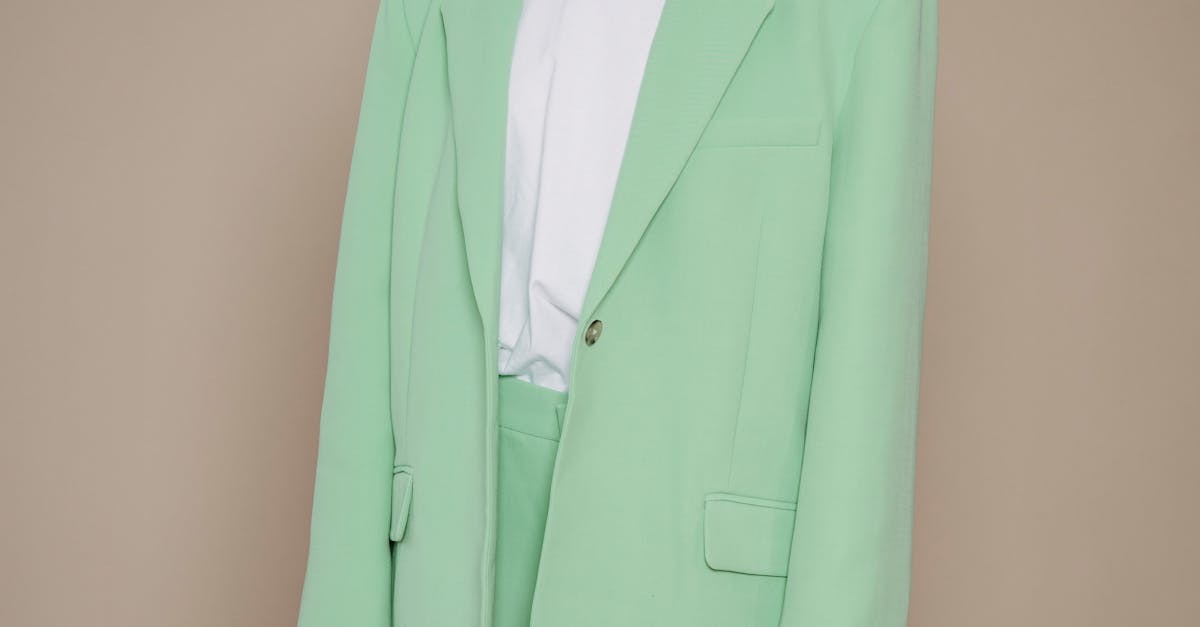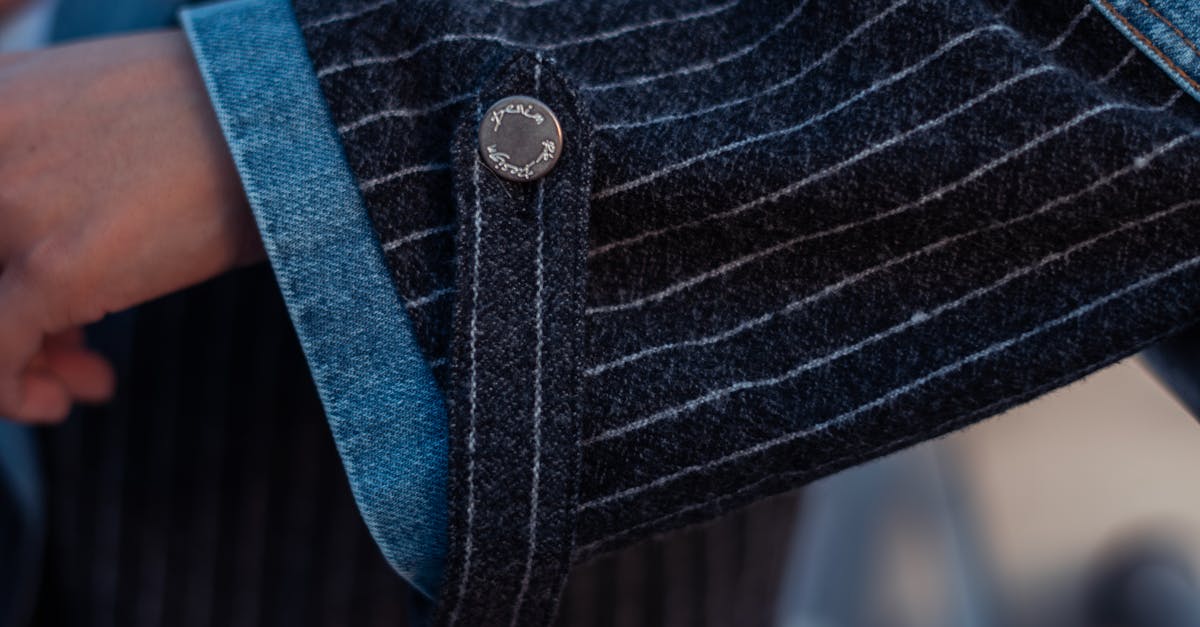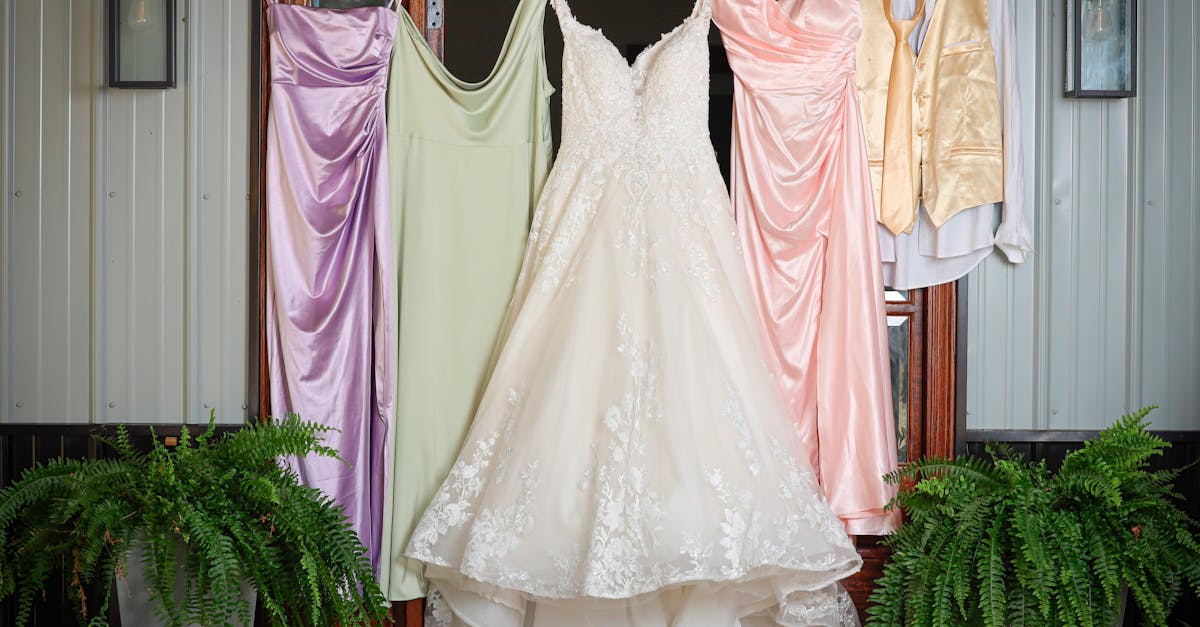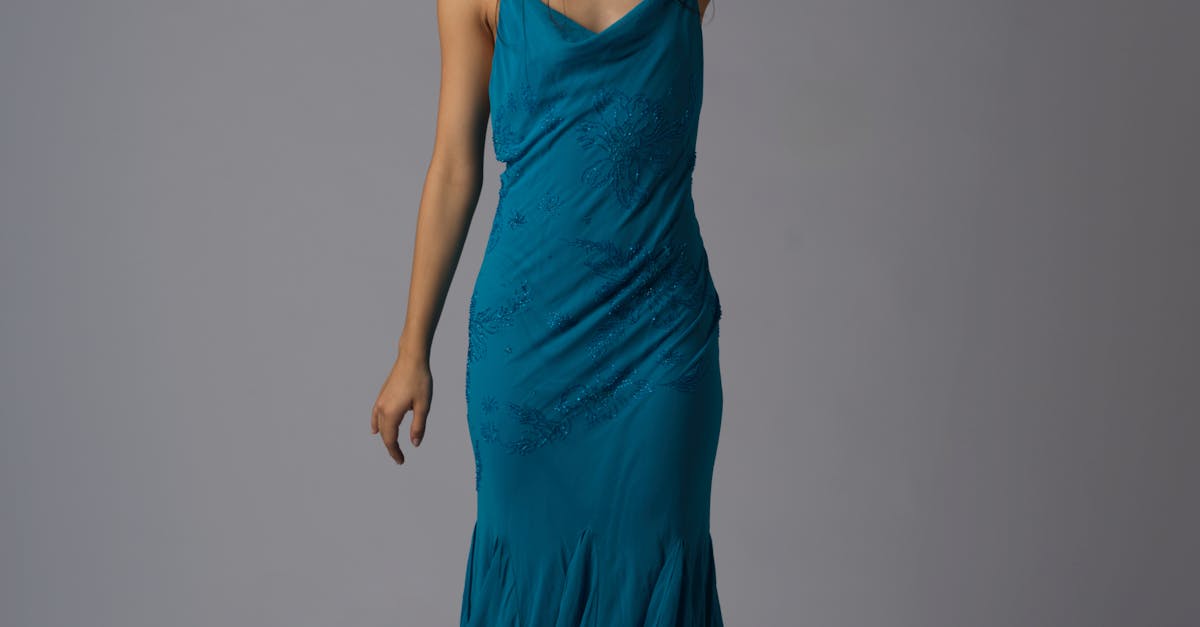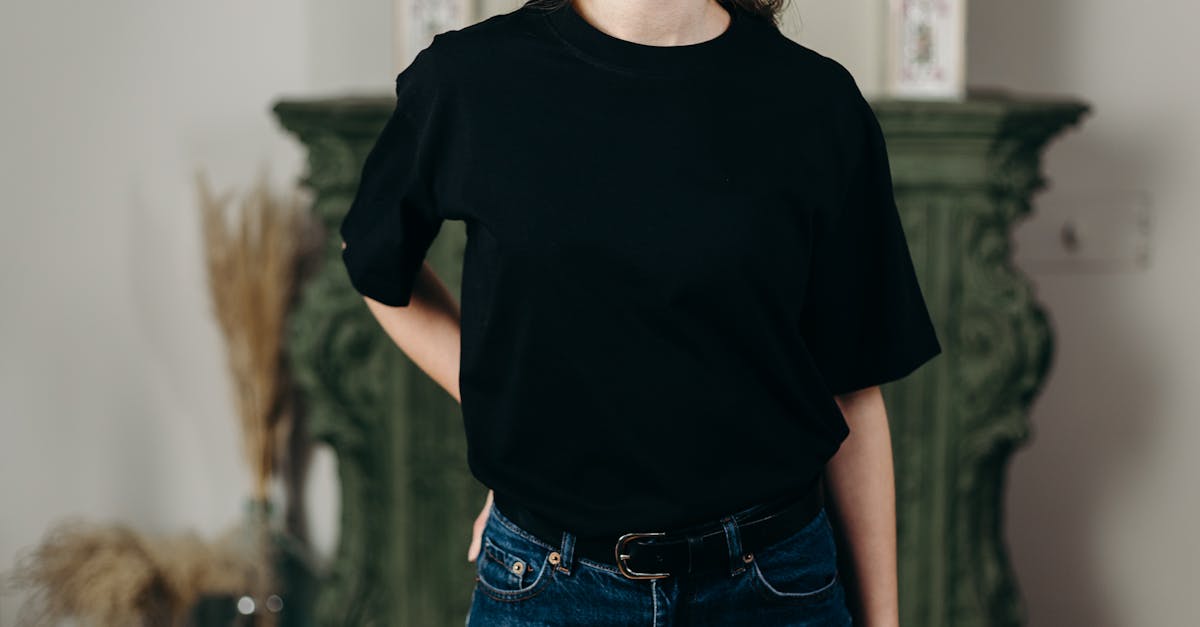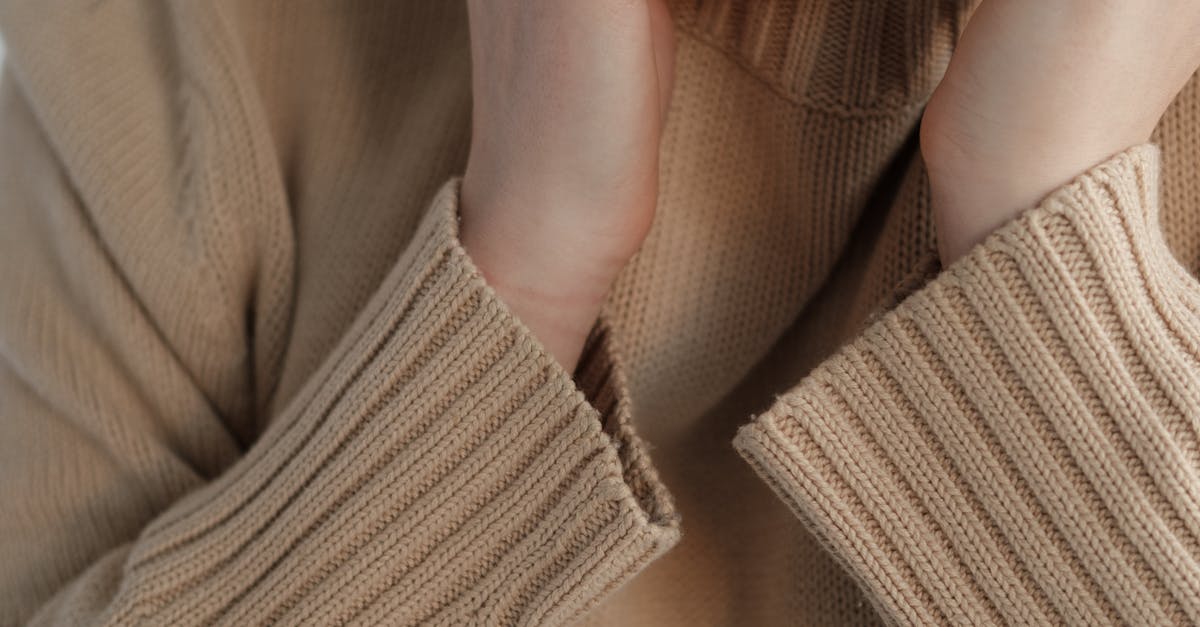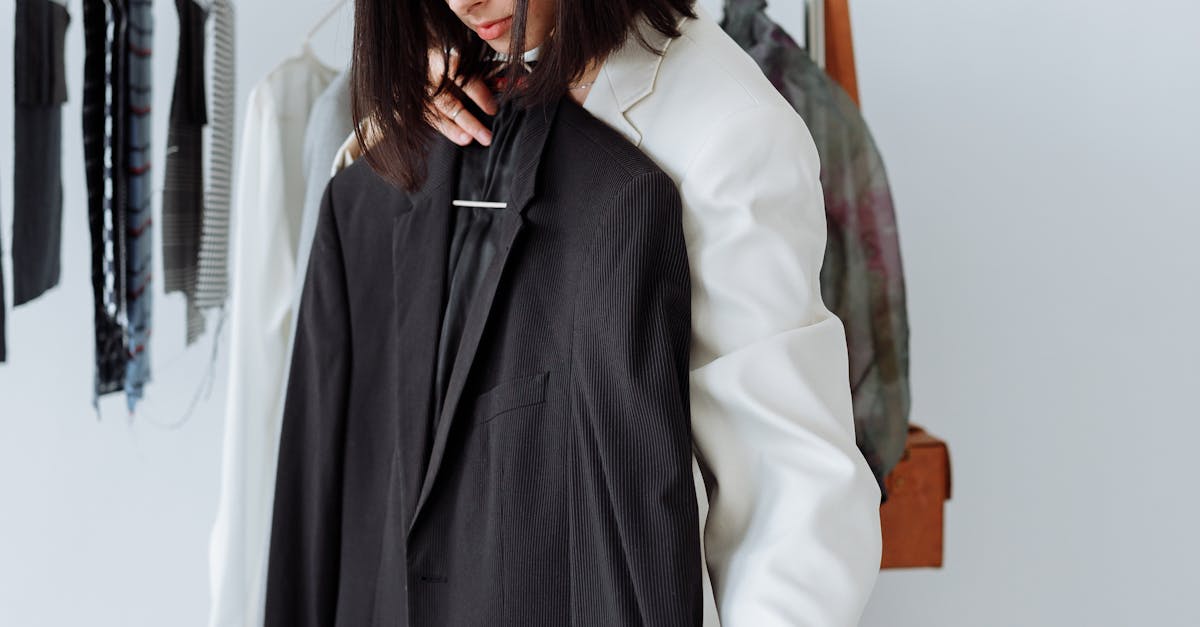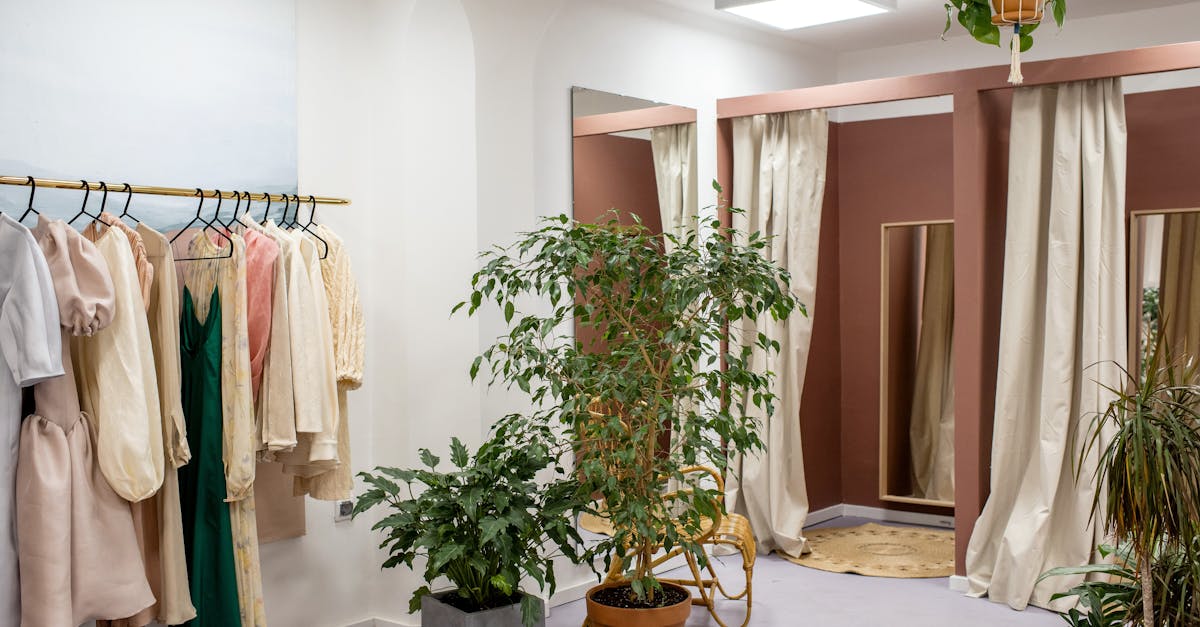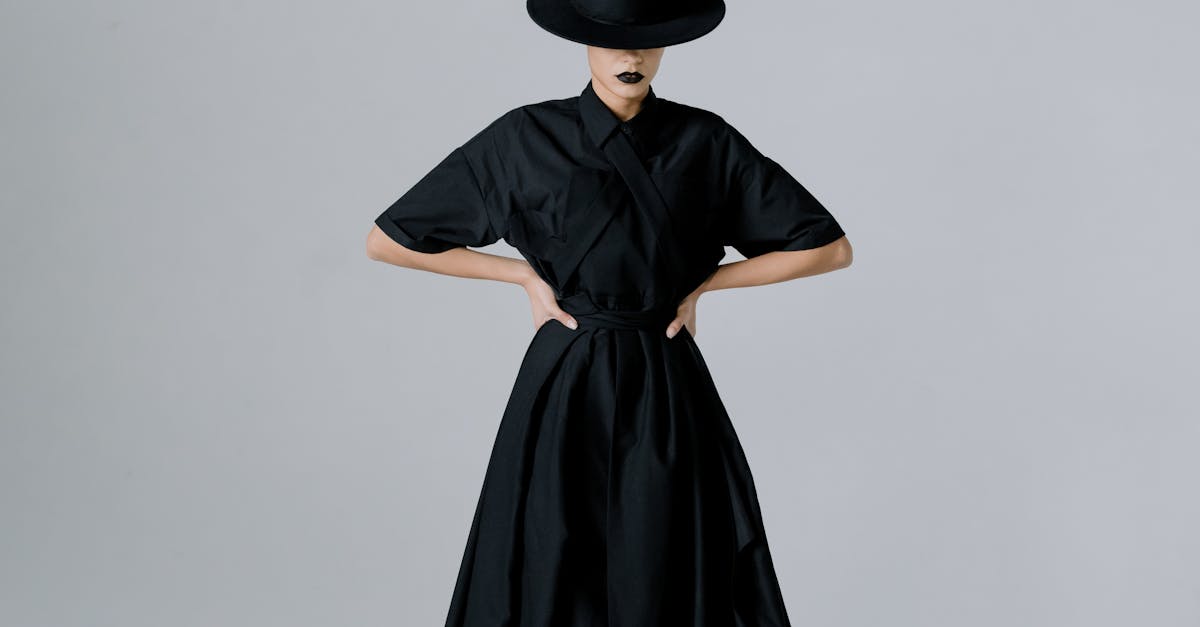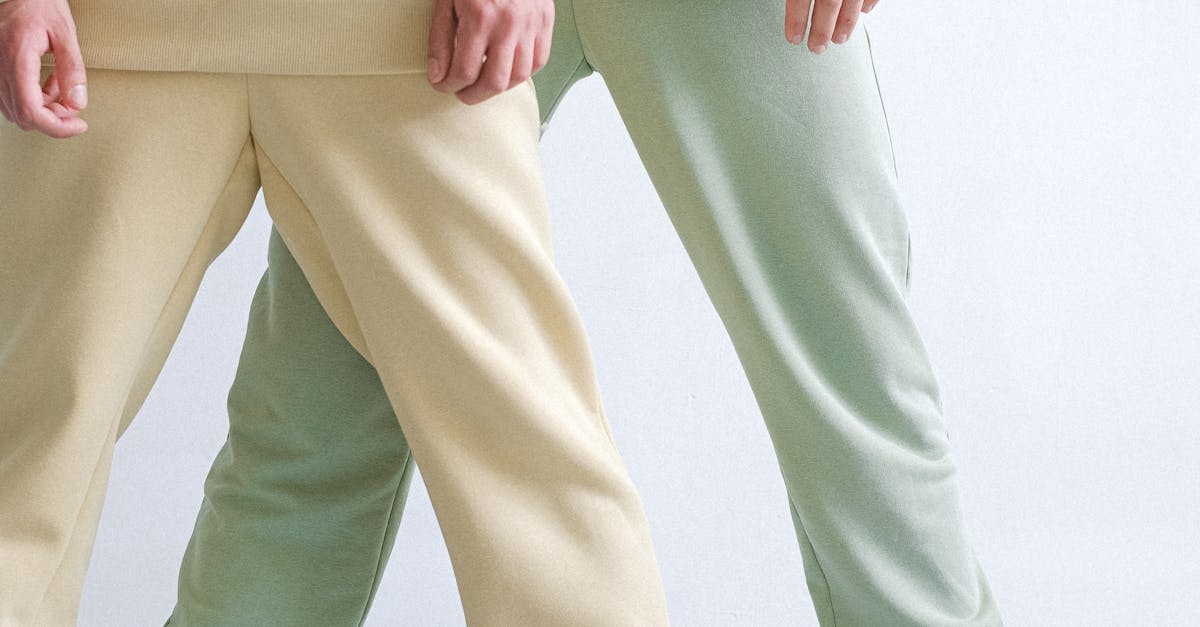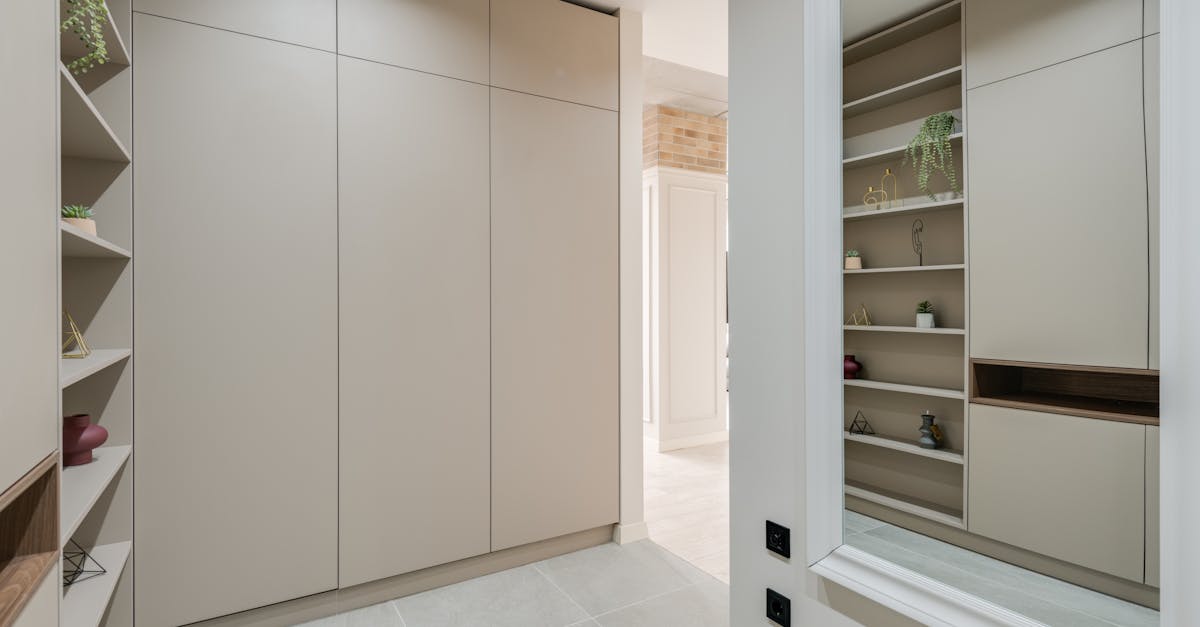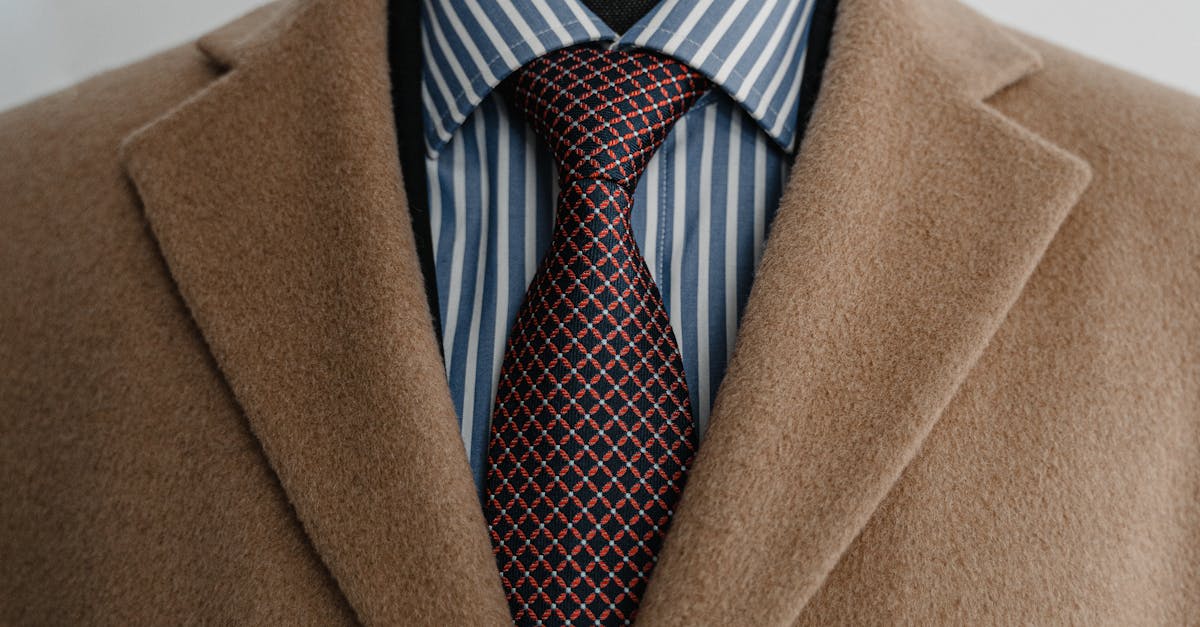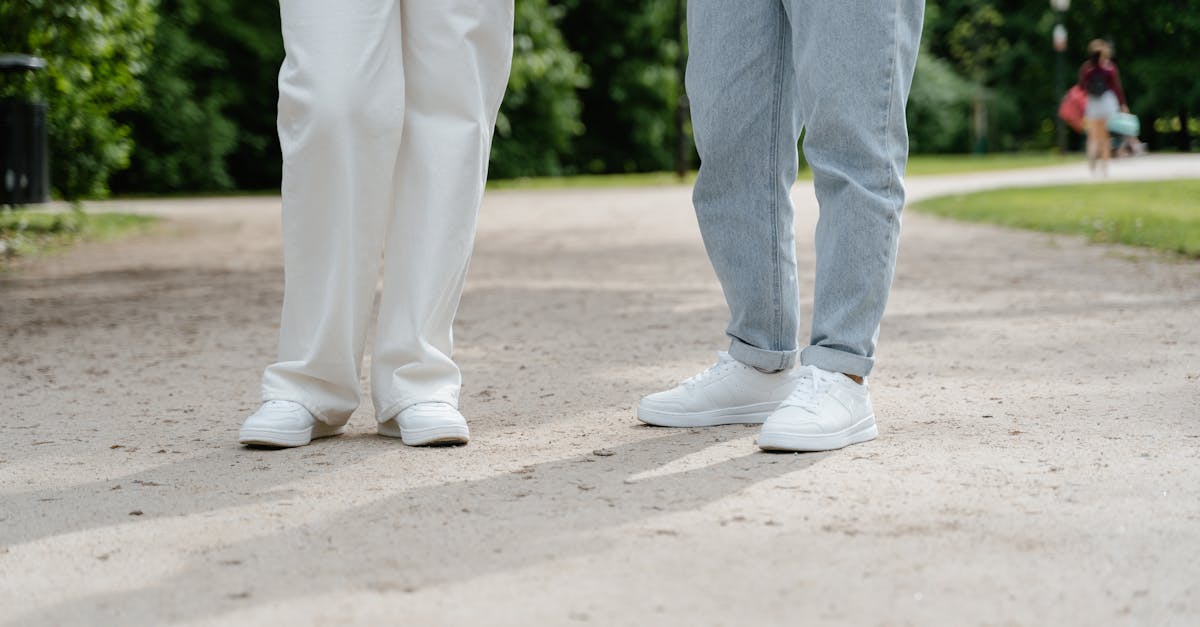
Table Of Contents
Energy Efficiency in Climate-Controlled Spaces
Proper ventilation plays a crucial role in maintaining energy efficiency within climate-controlled spaces, notably in walk-in wardrobes. These areas require consistent temperature management to protect valuable clothing and accessories from damage caused by humidity and heat. Efficient airflow helps to stabilize temperature fluctuations, ensuring that the wardrobe does not become a breeding ground for mold and mildew, which can compromise not only the clothes stored within but also the overall air quality in the home.
Incorporating ventilation strategies in walk-in wardrobes contributes significantly to energy savings. When air circulates effectively, there is less reliance on artificial cooling or dehumidifying systems, ultimately reducing utility bills. A well-designed ventilation system minimizes equipment workload, allowing climate control mechanisms to operate more efficiently. This is particularly important in homes where maintaining a consistent indoor environment is essential for overall comfort and usability.
Saving on Utility Bills with Proper Ventilation
Proper ventilation in walk-in wardrobes significantly impacts energy efficiency, leading to lower utility bills. When air circulates freely, it helps maintain a consistent temperature inside your wardrobe. This reduces the workload on your heating and cooling systems, allowing them to operate more efficiently. Improved airflow can prevent the buildup of heat and humidity, which is crucial for preserving clothing and other items in the wardrobe.
Additionally, well-ventilated walk-in wardrobes limit the need for additional dehumidifiers or air conditioning units. Investing in quality ventilation solutions can help ensure you don’t spend unnecessary amounts on energy costs. Simple features like vents or strategically placed fans can make a noticeable difference. Overall, managing airflow properly not only benefits your wardrobe but also contributes to cost savings in the long run.
Designing a Well-Ventilated Wardrobe
When designing a well-ventilated wardrobe, the layout plays a crucial role. Walk-in wardrobes can benefit from ample space that allows for effective air movement. Choosing an appropriate location for the wardrobe can enhance airflow. Positioning the wardrobe away from walls that trap heat or moisture reduces the chances of creating a stuffy environment. Incorporating open shelving instead of closed drawers can further improve airflow, ensuring garments remain fresh and free from unpleasant odors.
Including ventilation systems is another important aspect to consider. Installing vents or exhaust fans will help circulate air and maintain a balanced temperature inside walk-in wardrobes. Using materials that promote breathability, such as natural fabrics for curtains or hangers, can enhance this effect. Careful consideration of lighting can also affect ventilation. Choosing LED lights generates less heat compared to traditional bulbs, contributing to a cooler atmosphere overall.
Key Features to Consider
When designing walk-in wardrobes, it is essential to integrate features that promote optimal airflow. Consider installing vents at both the top and bottom of the wardrobe. This allows for a natural flow of air, minimizing humidity buildup and preventing mold growth on clothing and accessories. Choosing materials with breathable qualities can also enhance ventilation, ensuring the space remains dry and fresh over time.
Additionally, incorporating fans or air purifiers can significantly improve air circulation within walk-in wardrobes. These devices help in maintaining a consistent temperature while eliminating unwanted odors. Proper lighting is another important aspect to consider. Bright, LED lights can reduce the need for extensive heating, enhancing energy efficiency while promoting a pleasant atmosphere in the wardrobe.
Maintaining a Healthy Home Atmosphere
A well-ventilated wardrobe plays a significant role in maintaining a healthy home atmosphere. Walk-in wardrobes, often rich in textiles and enclosed spaces, can trap moisture and odors if not properly ventilated. This stagnant air creates an ideal environment for mold and mildew growth, which can affect not only the garments stored inside but also the overall air quality of your home. Ensuring proper air circulation helps mitigate these issues, contributing to a fresher and more inviting environment.
Good air circulation supports the longevity of your clothing and accessories. When walk-in wardrobes are equipped with adequate ventilation systems, they help in regulating temperature and reducing humidity levels. This not only preserves the integrity of delicate fabrics but also keeps your wardrobe smelling pleasant. Implementing features such as vented doors or integrated exhaust fans can significantly enhance the overall atmosphere of your storage space.
The Benefits of Good Air Circulation
Good air circulation in walk-in wardrobes plays a crucial role in maintaining the quality of your garments. Stagnant air can lead to increased humidity levels, creating an environment conducive to mold and mildew growth. Proper ventilation allows moisture to escape, protecting fabrics and extending their lifespan. This is particularly important for high-end materials like silk or wool, which can be easily damaged by damp conditions.
In addition to preserving clothing, effective air circulation contributes to a more enjoyable experience when accessing your wardrobe. A well-ventilated space feels fresher and more inviting. Keeping the air moving reduces foul odors and maintains a pleasant atmosphere. This is especially beneficial in larger walk-in wardrobes where a variety of items are stored, ensuring that everything remains in optimal condition.
FAQS
Why is proper ventilation important in a walk-in wardrobe?
Proper ventilation is crucial in a walk-in wardrobe to prevent moisture buildup, reduce odors, and maintain a comfortable temperature, which helps to protect your clothing and accessories from damage.
How can proper ventilation save on utility bills?
By ensuring adequate airflow, proper ventilation can help regulate temperature and reduce the need for excessive heating or cooling, ultimately leading to lower energy consumption and savings on utility bills.
What are some key features to consider when designing a well-ventilated wardrobe?
Key features to consider include the placement of vents, the use of exhaust fans, breathable materials, and installing windows or skylights to enhance natural airflow.
How does good air circulation benefit my home atmosphere?
Good air circulation helps prevent the growth of mold and mildew, reduces allergens, and improves overall indoor air quality, contributing to a healthier living environment.
What maintenance steps can I take to ensure my walk-in wardrobe remains well-ventilated?
Regularly check and clean vents and filters, ensure no items are blocking airflow, and consider using dehumidifiers or air purifiers to maintain optimal ventilation and air quality.


